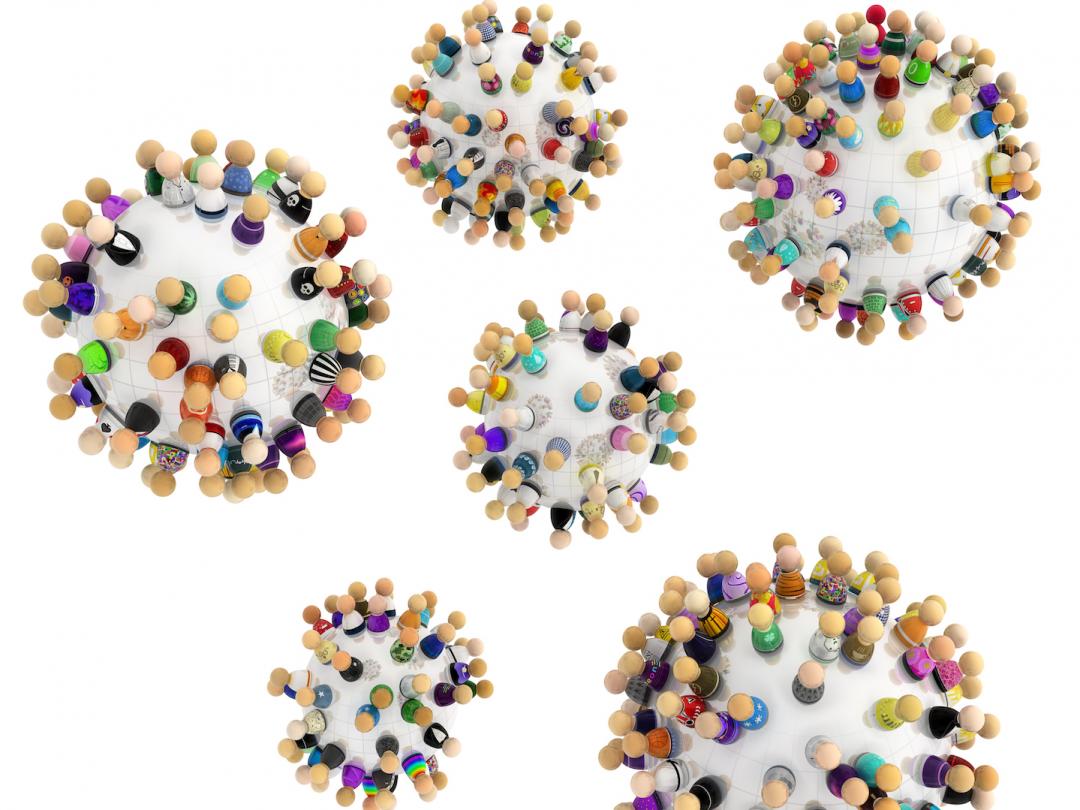Samenvatting
Doel
Het effect nagaan van informatieverstrekking op de mate van postoperatieve pijnbestrijding bij kinderen.
Opzet
Prospectief.

To investigate the influence of recommendations on the quality of postoperative pain management in children.
Prospective.
University Hospital Groningen, the Netherlands.
After interdisciplinary recommendations on postoperative pain were developed, the quality of postoperative pain management was investigated before implementation (phase I; n = 50 children aged 0-14 who underwent elective surgery), three months after the implementation (phase II; n = 51), and nine months later (phase III; n = 50). Quality was defined by a pain score (for ages 0 to 4 with the ‘Children's Hospital of Eastern Ontario pain scale’ (CHEOPS) and for ages 4-14 with the Oucher scale) and the prescription of analgetics: kind, dose, frequency, prescription by anaesthetist and doctor on the ward. Pain was scored every 2 hours during the first 24 hours after surgery. A CHEOPS score ≤ 6 or an Oucher score ≤ 50 was defined as adequate; higher scores were defined as inadequate.
Pain measurement showed a statistically significant improvement of pain scores in time (phase II and III compared with phase I: odds ratio: 2.5; 95 confidence interval: 1.03-6.00; p < 0.01). Searching for factors that could be responsible for this improvement, like medication, we found no statistically significant differences in everyday practice in phase II and III compared with phase I. However, children who could score their pain by self-report (Oucher) showed the best results in all 3 phases of the study. The youngest children, i.e. less than 6 months old, showed inadequate results during the whole study. The greatest improvement in time during the first 12 hours was seen in the group of children older than 6 months. The recommendations were followed more strictly in younger children, and when continuous morphine was given.
Pain scores in children improved after the introduction of recommendations on postoperative pain. However, the improvement could not be attributed to factors like medication. Factors like a change in attitude towards pain could be responsible for this change.
Het effect nagaan van informatieverstrekking op de mate van postoperatieve pijnbestrijding bij kinderen.
Prospectief.
Reacties